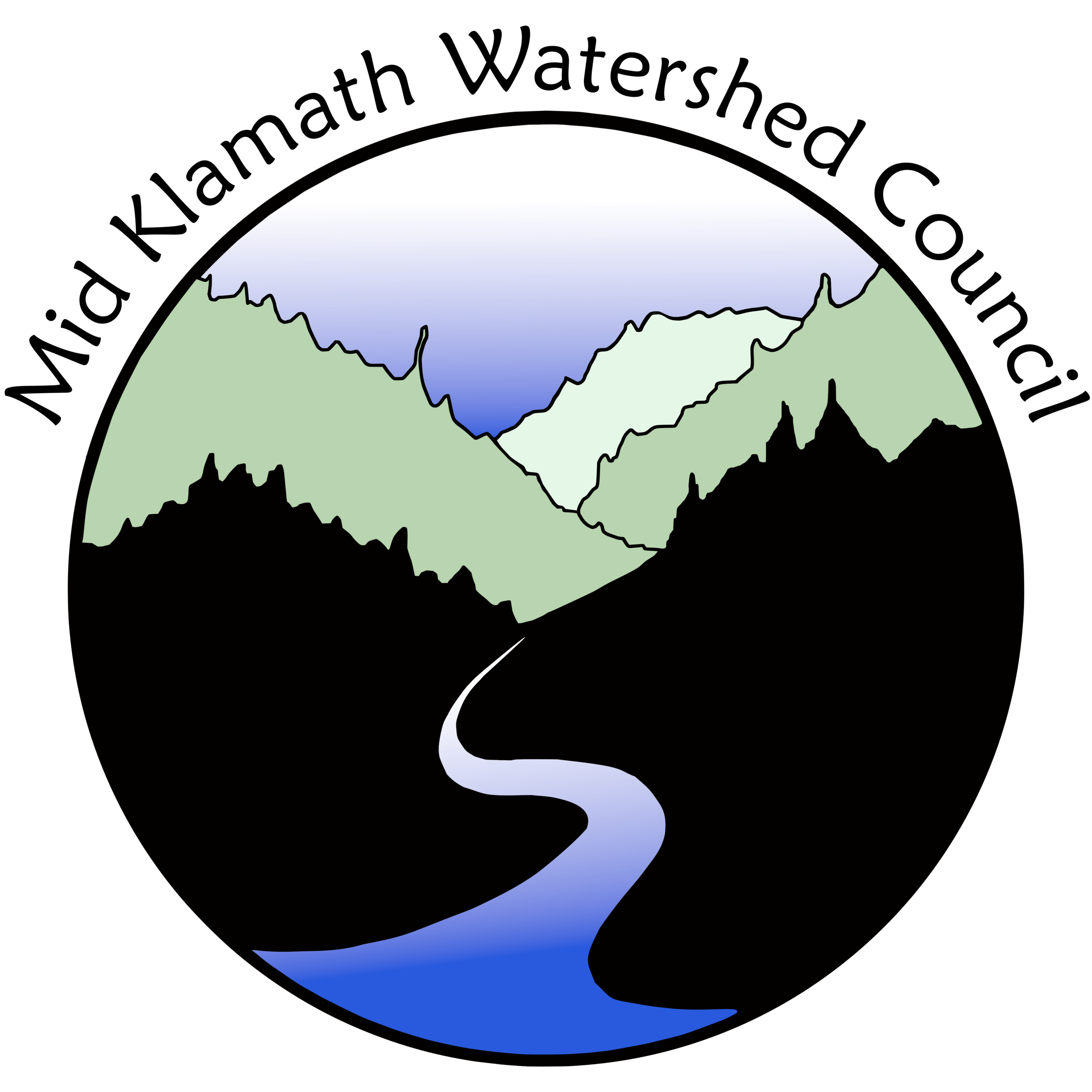Sudden Oak Death
SOD Prevention Plant hosts Symptom Identification Links Contact
Our Tan Oak Trees are at Risk
Sudden Oak Death (SOD) is caused by the pathogen Phytophthora ramorum. This plant disease can kill tanoak and black oak trees, but is not yet known to be present in the middle Klamath, which is at high risk of Phytophthora ramorum infestation by human caused and natural spread. This is due to the high frequency and abundance of tanoak and California bay laurel, which are the most important pathogen hosts for this disease.
The Oregon Department of Forestry recently estimated that the disease can travel three to five miles per year without human aid if left untreated. Currently, there are treatments in the two nearest infestations to help slow the disease, but their efficacy to slow the rate of spread is unknown. Even if this rate is reduced by 50%, the pathogen is likely to arrive by 2027. To prepare ourselves and our community, the Karuk Tribe, MKWC, UC Cooperative Extension, and the Forest Pathology lab at UC Berkeley are working together to hold outreach events and monitor streams and vegetation for the presence of this potentially devastating pathogen.








